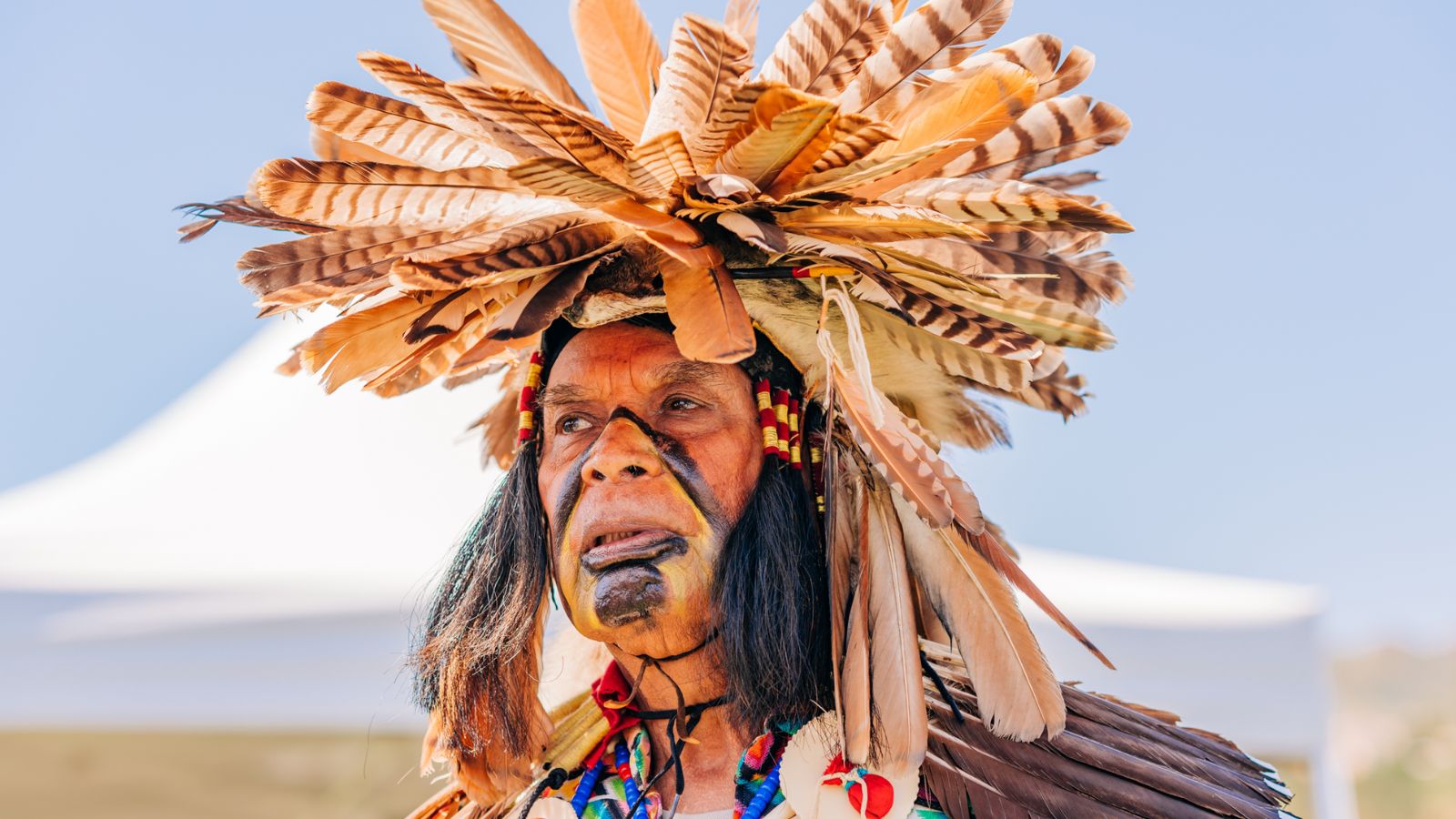Native Americans have been victims of misinformation for years, and this has given birth to dangerous, untrue stereotypes and misunderstandings. To foster awareness and respect for Native American cultures and people, we have compiled a list of 20 things to stop believing about them.
Native Americans No Longer Exist
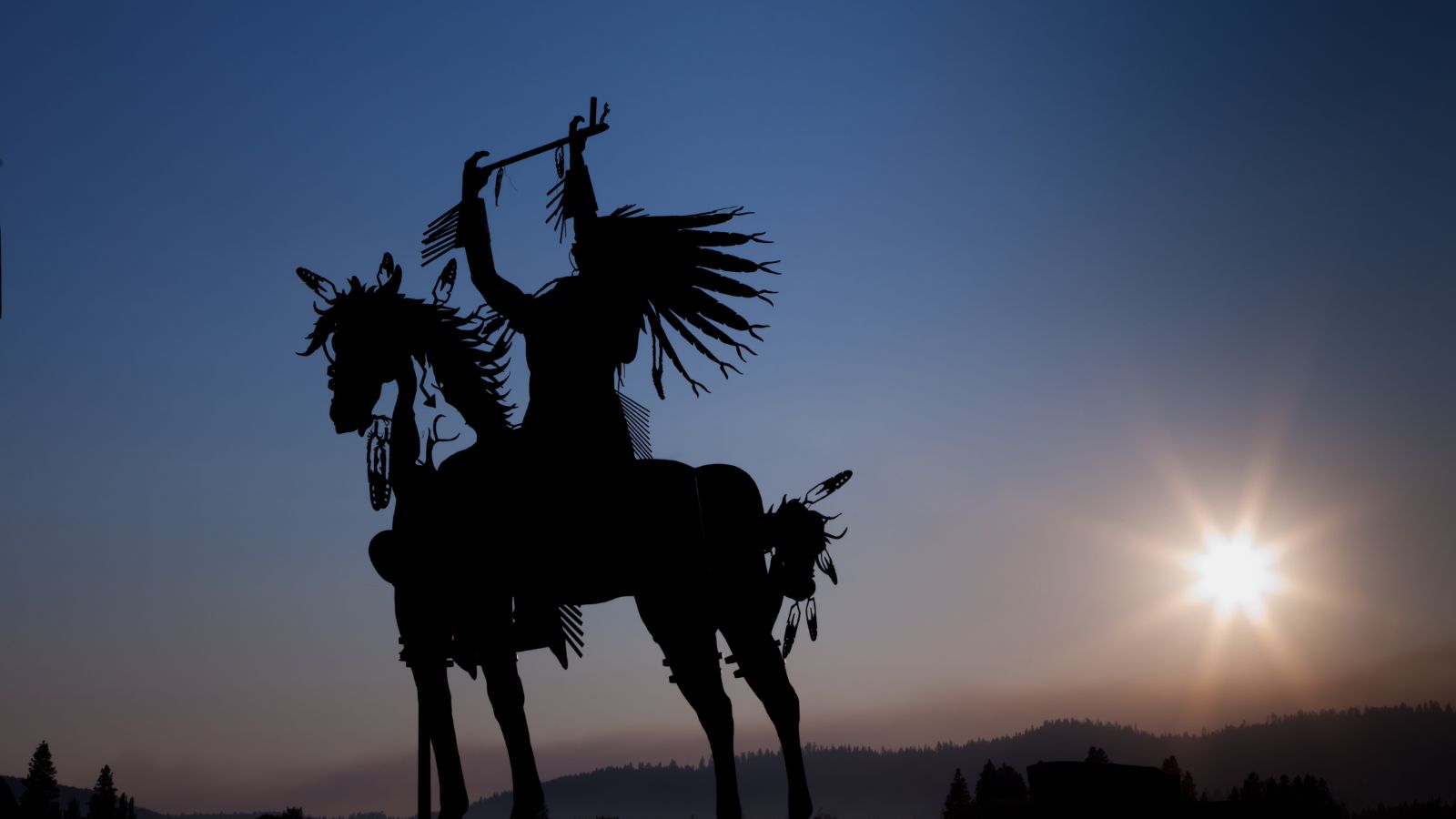
Yes, Native Americans aren’t the majority population across the U.S., and their numbers may have depleted over the centuries. But this doesn’t mean they’re no more. The Census Bureau estimates that there are about 4.3 to 7.1 million Native Americans, and over 50% of them live in Oklahoma, Arizona, California, New Mexico, and Texas.
Native Americans Do Not Pay Taxes

Contrary to what you may believe, all Native Americans are subject to federal and even state income taxes. What’s more, even though there may be some exceptions as to what’s tax deductible, some sovereign tribal governments on reservation lands impose their own levies, putting even more financial pressure on residents.
Native Americans Live Only on Reservations

It’s also a common belief that Native Americans only live on reservations or trust lands where they govern themselves. This is far from the truth. Pew Research reveals that only a quarter of Native Americans live on such lands, and many others live in suburban, urban, and rural areas, just like any other American.
Native Americans All Have Casinos

While some tribes have developed successful gaming enterprises, many others do not engage in the industry. Each tribe independently decides how to best utilize its resources, and not all choose to participate in the casino business. Other tribes focus on different economic activities like agriculture, hunting and gathering, and traditional handcrafting.
Traditional Dress Is Everyday Wear
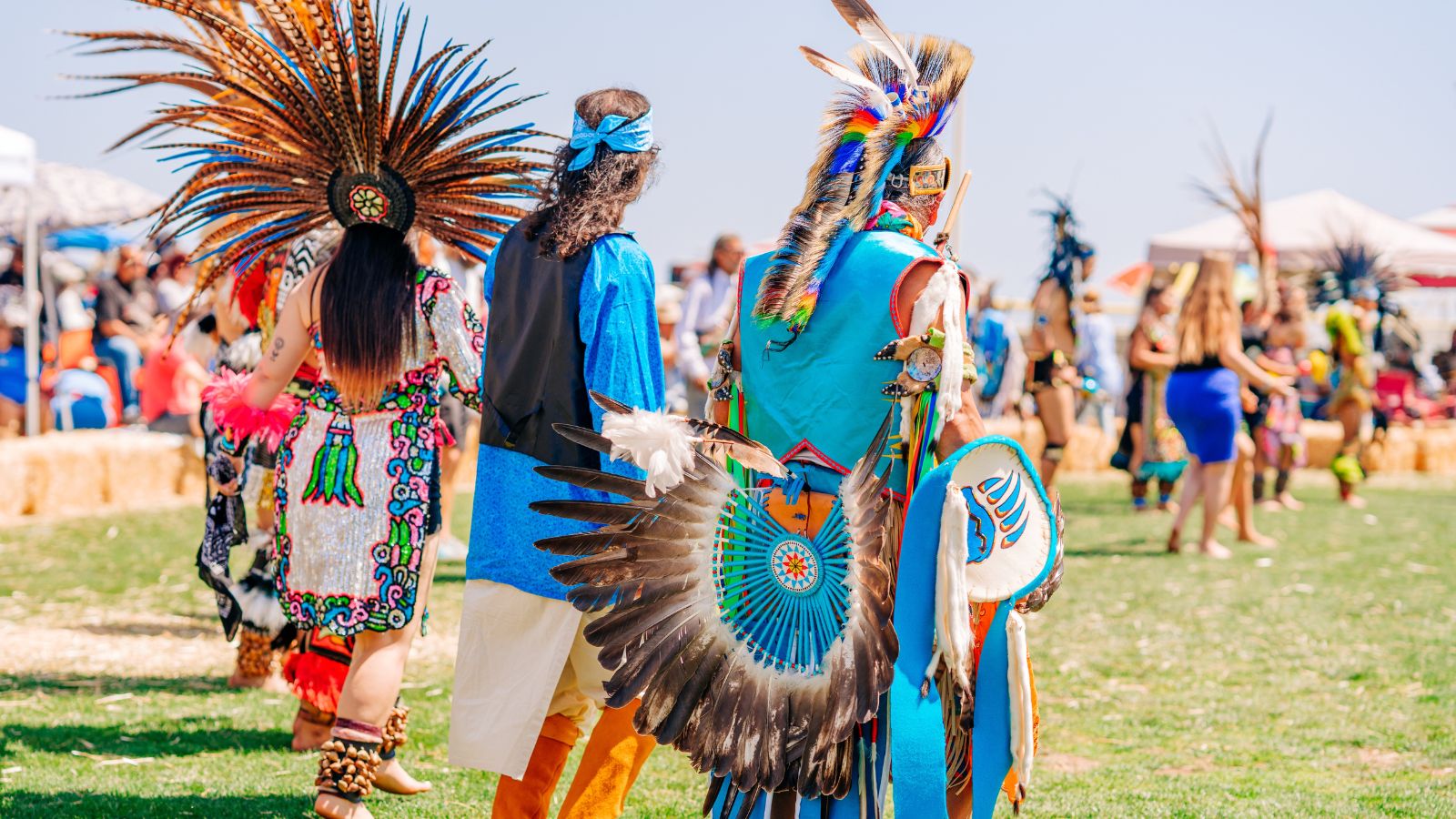
You shouldn’t also be among those who believe Native Americans wear traditional clothing every day. Most Native Americans dress in modern, everyday clothing, just like you do, and traditional dresses, which hold significant cultural importance, are typically reserved for important events, ceremonies, and cultural celebrations.
Native American Culture Is Disappearing
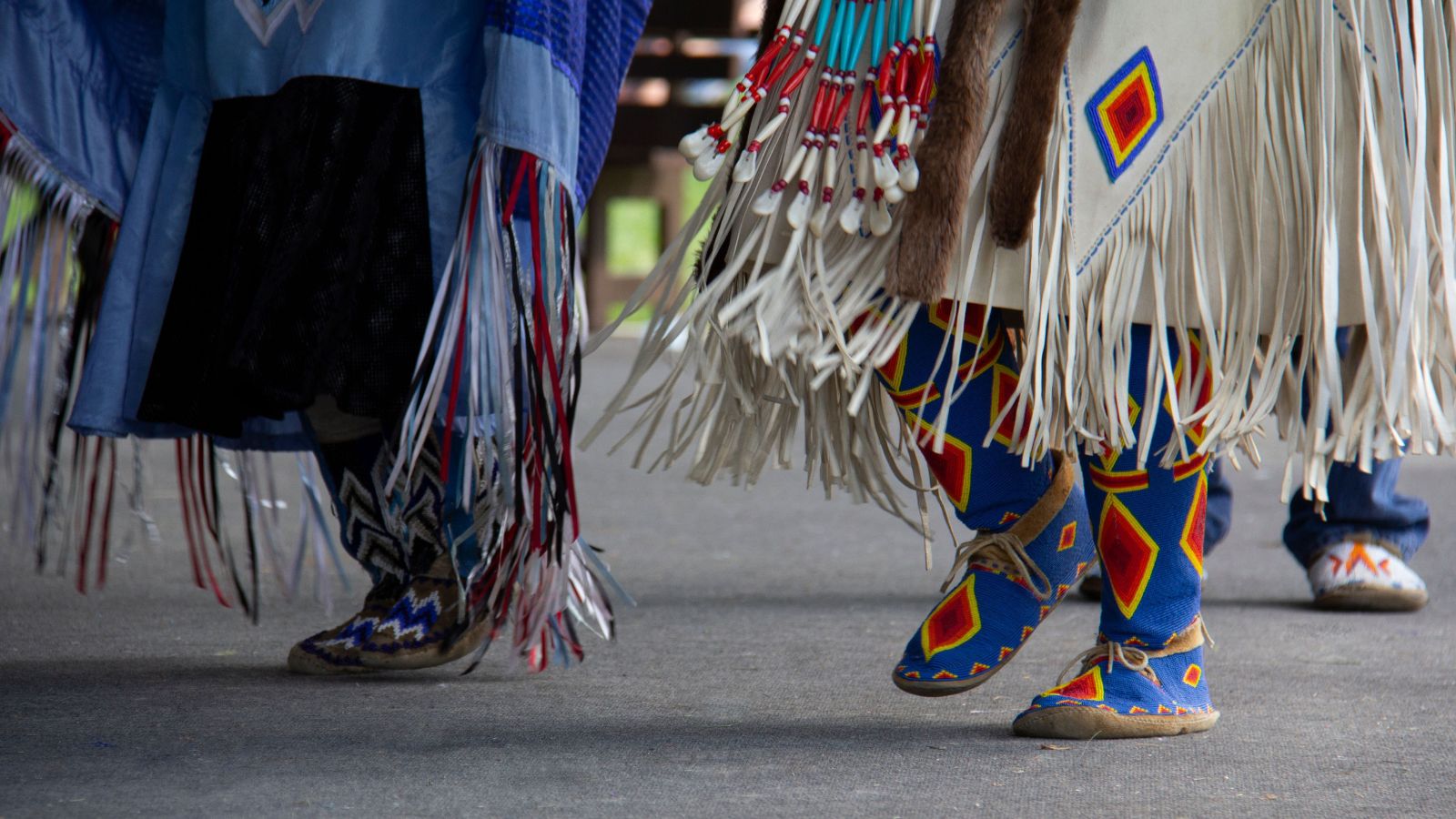
In reality, Native American communities actively preserve and revitalize their languages, traditions, and practices. Cultural programs, education, and community efforts help ensure that their heritage continues to thrive for future generations. This fosters a deeper understanding and respect among the broader society.
All Tribes Are the Same

Many people also believe that “Native America” is a single tribe and that all Indigenous people share the same culture and traditions. What’s true, however, like the U.S. government shares, is that there are up to 574 distinct, federally recognized Native American tribes with members spread across the entire U.S.
All Native Americans Speak the Same Language

Contrary to the belief that there is only one Native American language, there are hundreds of distinct mother tongues spoken by the 574 different tribes. Languages are often passed down through generations via oral traditions and storytelling. Many efforts are underway to preserve and revive these languages, as they are integral to the cultural identity of each tribe.
Native Americans Are Immune to Alcohol
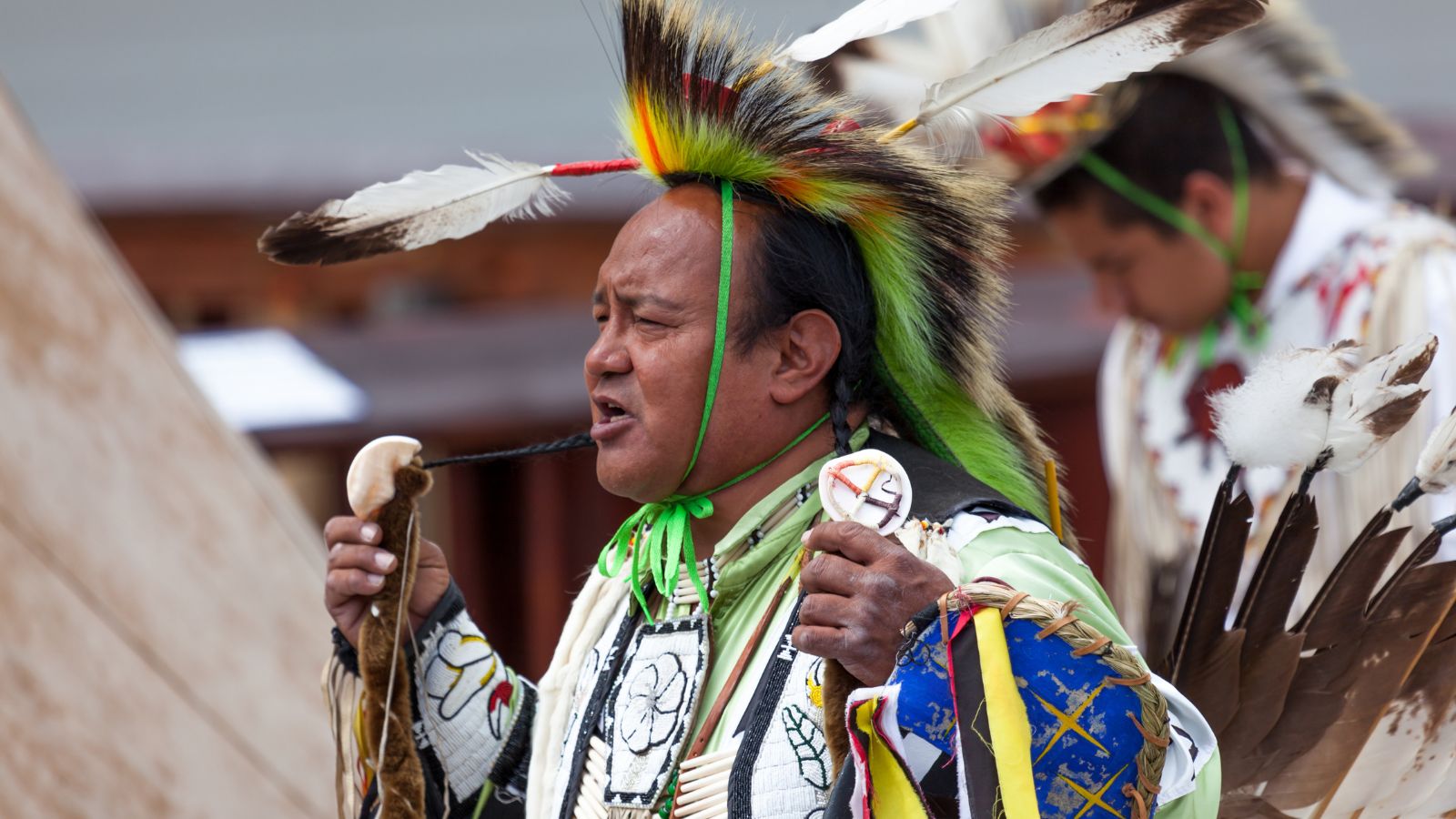
The myth that Native Americans are inherently susceptible to alcoholism or immune to its effects is unfounded and harmful. Native Americans do experience issues with alcohol, but when we only attribute these experiences to a racial trait, we oversimplify a complex issue. There are other social reasons for alcohol problems, such as poverty and a lack of access to healthcare.
Native Americans Don’t Own Land
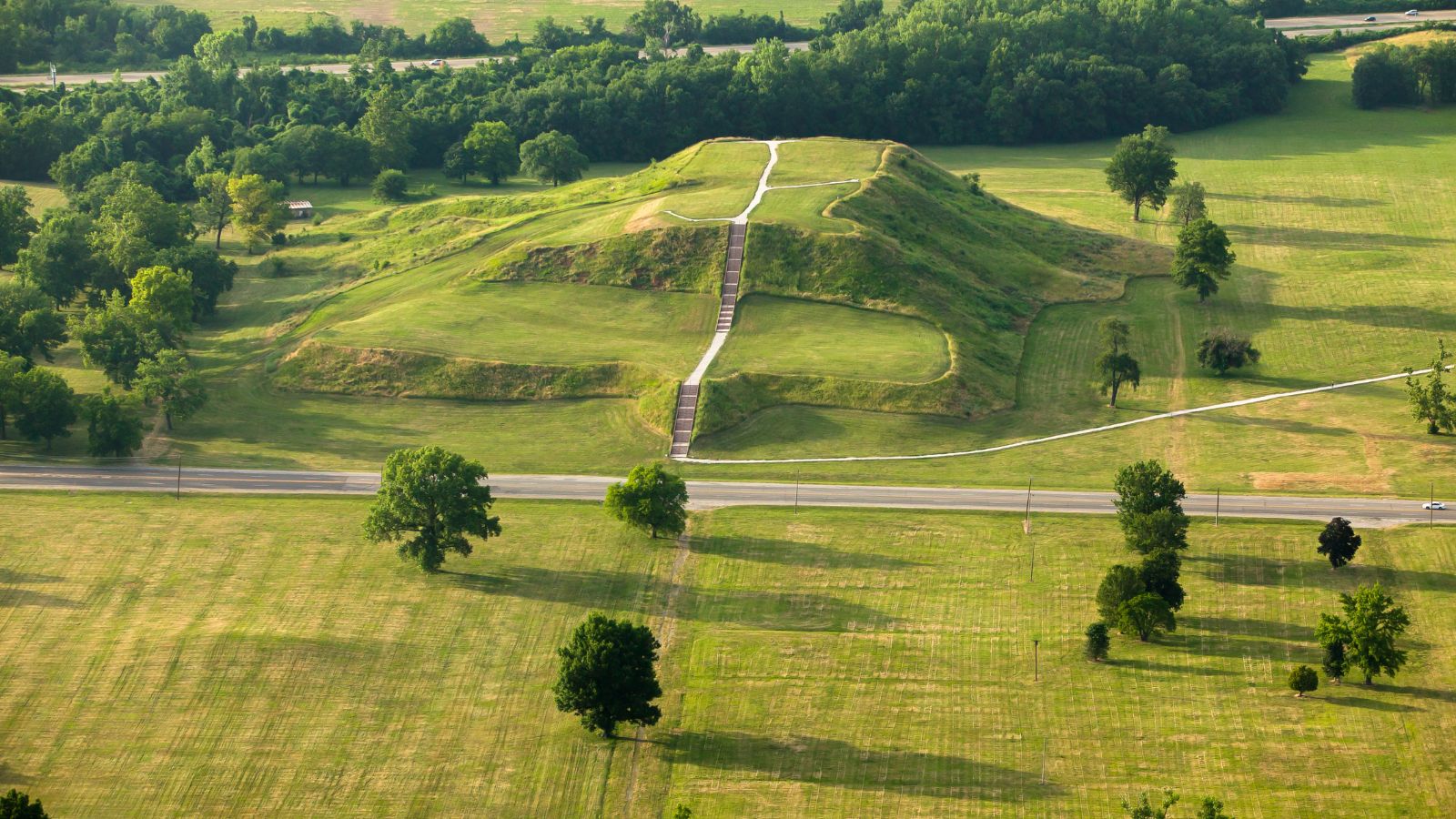
Many tribes hold significant land parcels, both individually and collectively. Land ownership and stewardship are vital aspects of Native American identity, and we have many tribes managing their lands for economic, cultural, and environmental purposes. It’s one of the ways they have successfully preserved their traditions and ecological biodiversity.
Powwows Are Ancient Rituals
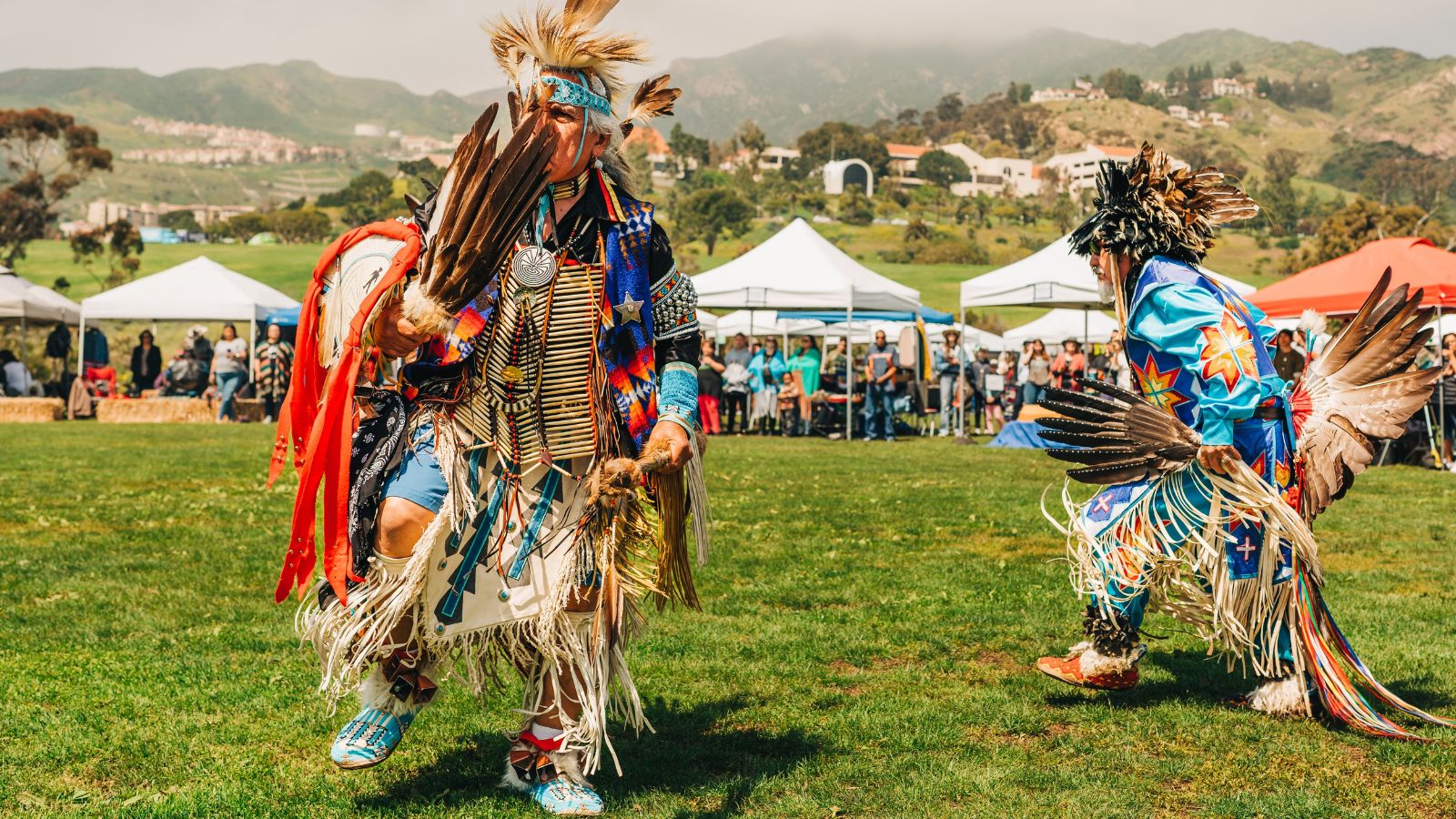
Powwows can’t be described as archaic, unchanged rituals. While rooted in tradition, modern powwows are dynamic cultural gatherings celebrating community, dance, music, and heritage. They have evolved over time, incorporating contemporary elements, and they continue to be vibrant expressions of Native American culture that foster intergenerational connections.
Native Americans Are All Hunter-Gatherers
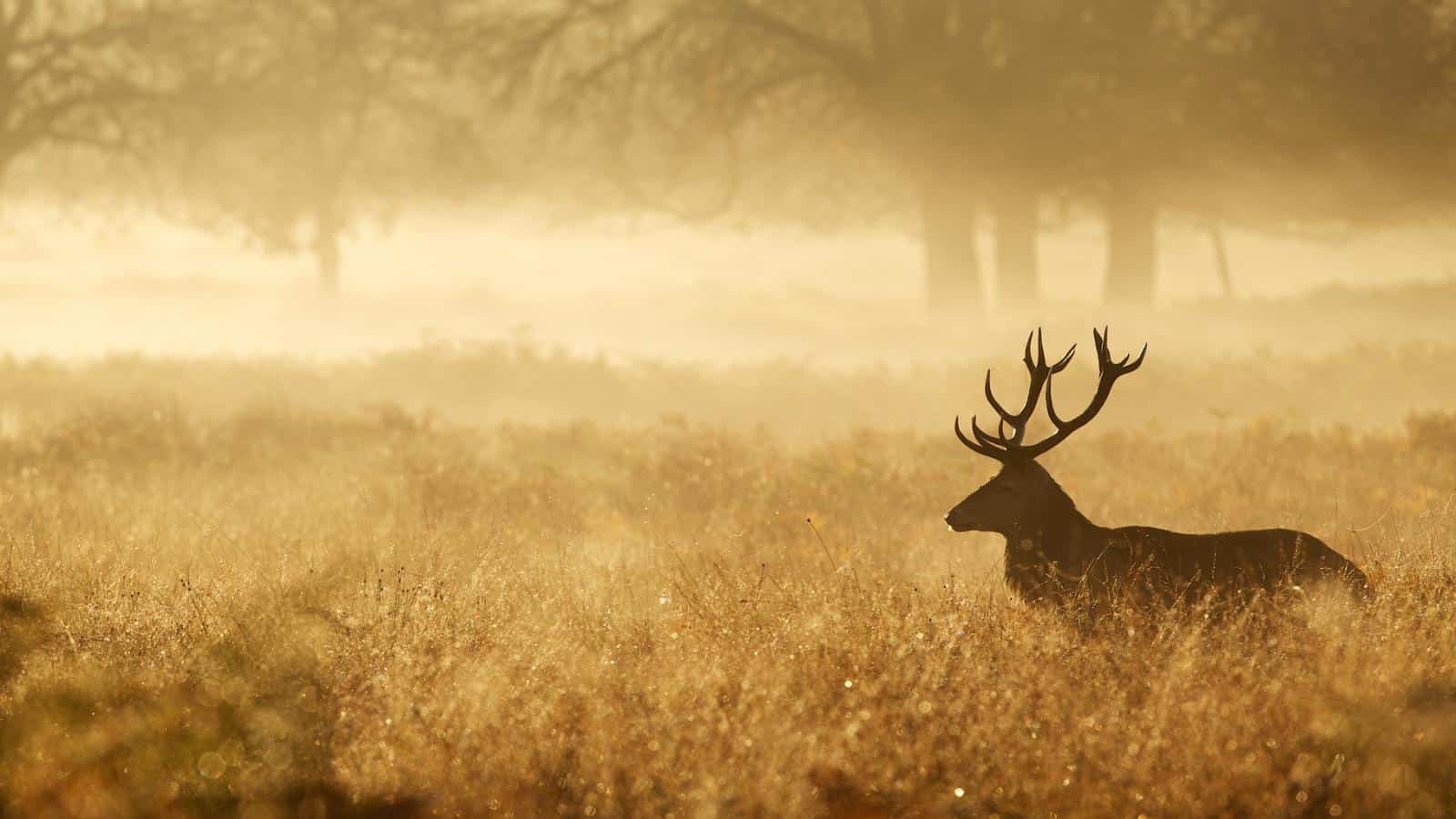
The stereotype that all Native Americans are hunter-gatherers overlooks the agricultural and urban societies many tribes developed. Tribes like the Navajo and Cherokee engaged in farming, while others built complex cities and trade networks. Recognizing this diversity corrects a simplistic view of their history.
Sacred Sites Are Only in Remote Areas
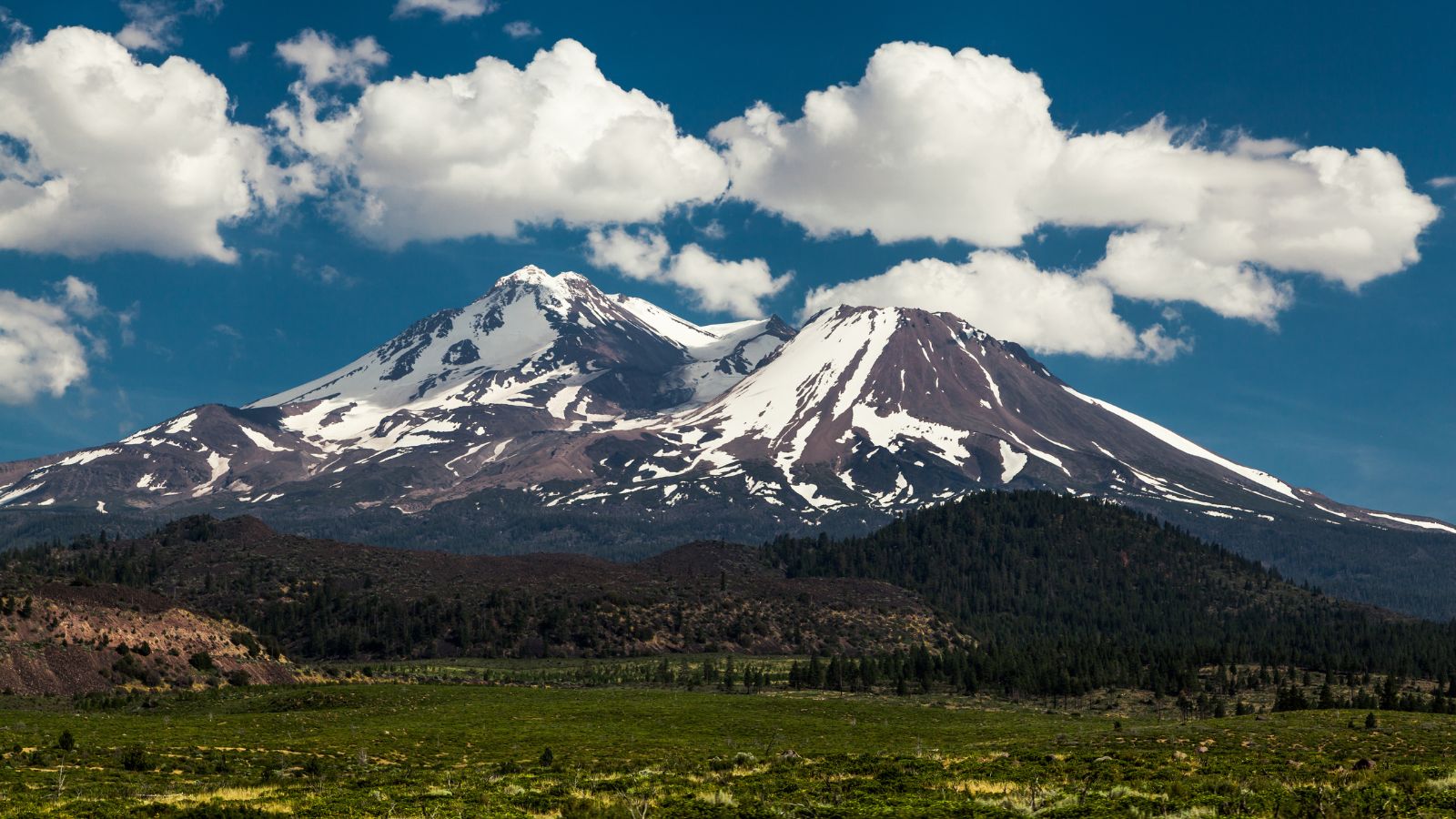
While some Native American sacred sites are in remote areas, some of these sites also exist in urban and suburban regions, holding historical, spiritual, and cultural significance. Recognizing this helps in respecting, protecting, and preserving these invaluable cultural landmarks for future generations.
Native Americans Don’t Use Modern Technology
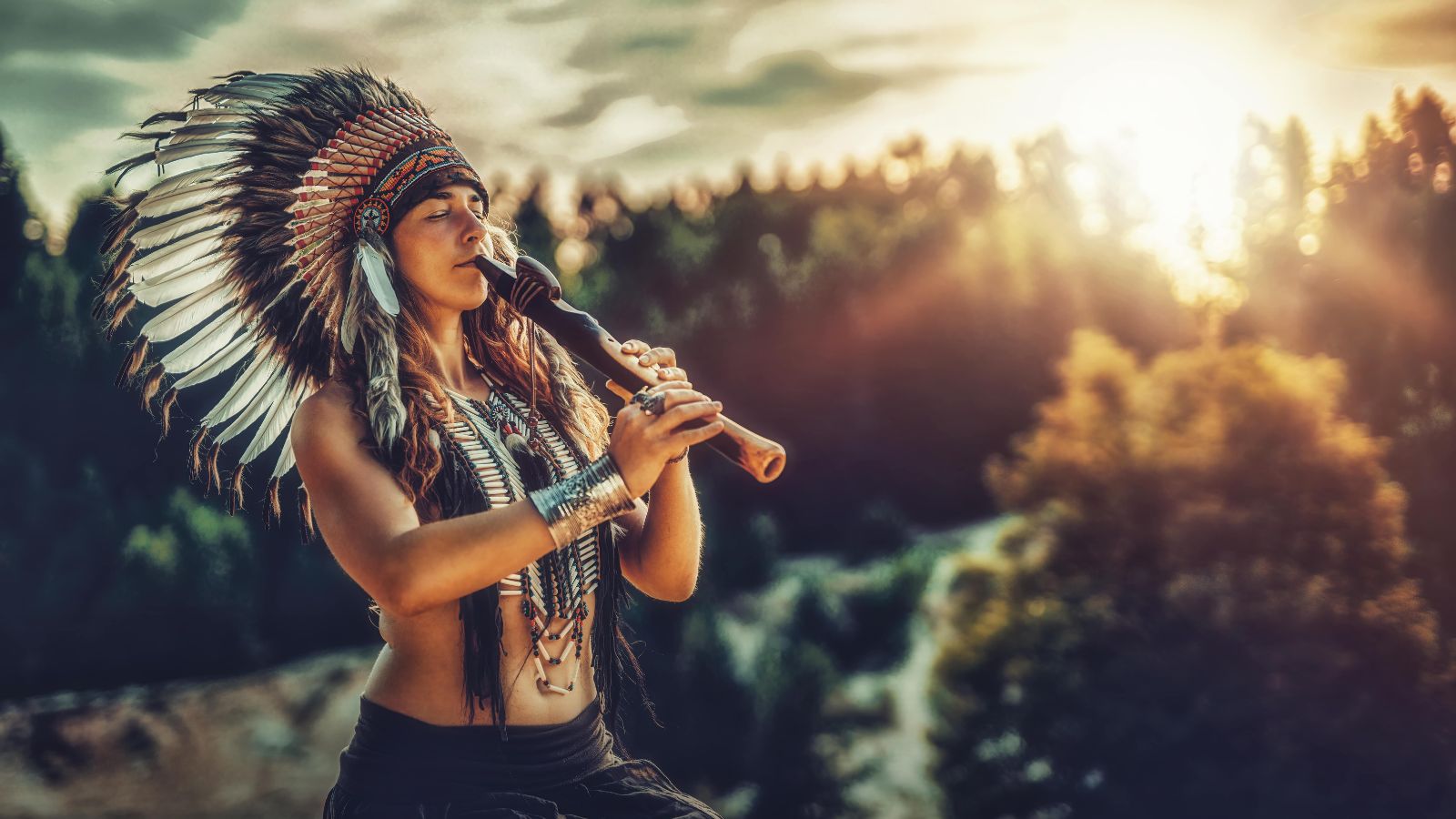
The notion that Native Americans shun modern technology is inaccurate and outdated. Native Americans use technology in various aspects of their lives, from social media to advanced scientific research and environmental monitoring. Embracing technology helps them share their culture, advocate for their rights, and participate fully in contemporary society, ensuring their voices are heard.
All Native Americans Have the Same Spiritual Beliefs
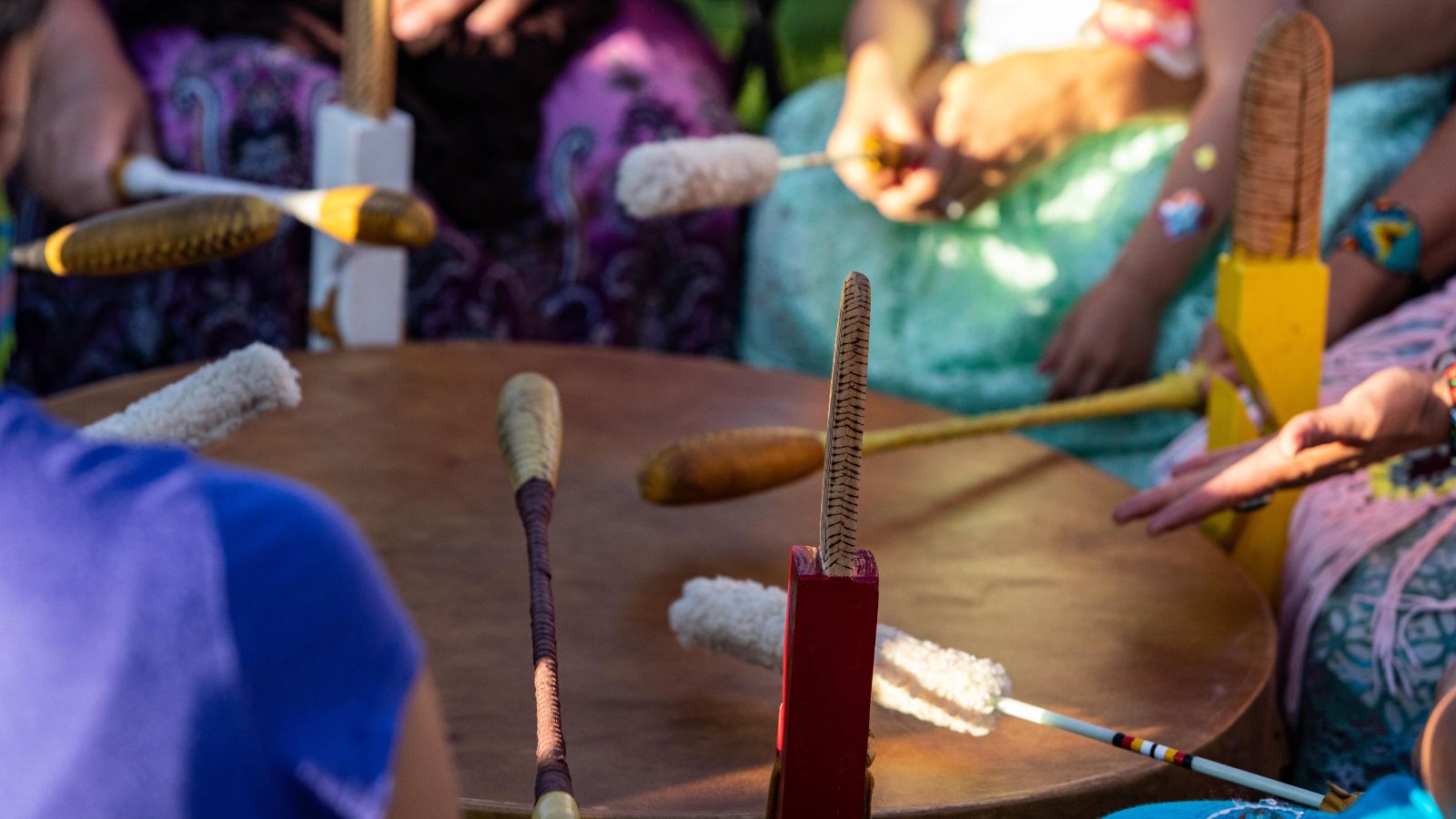
In reality, reflecting their diversity in history, cultures, and traditions, spiritual practices and beliefs vary greatly among tribes. Each tribe has unique religious traditions that are integral to its cultural identity, and these traditions often include specific rituals, ceremonies, and sacred sites you won’t find other people associating with.
Native Americans Receive Government Handouts
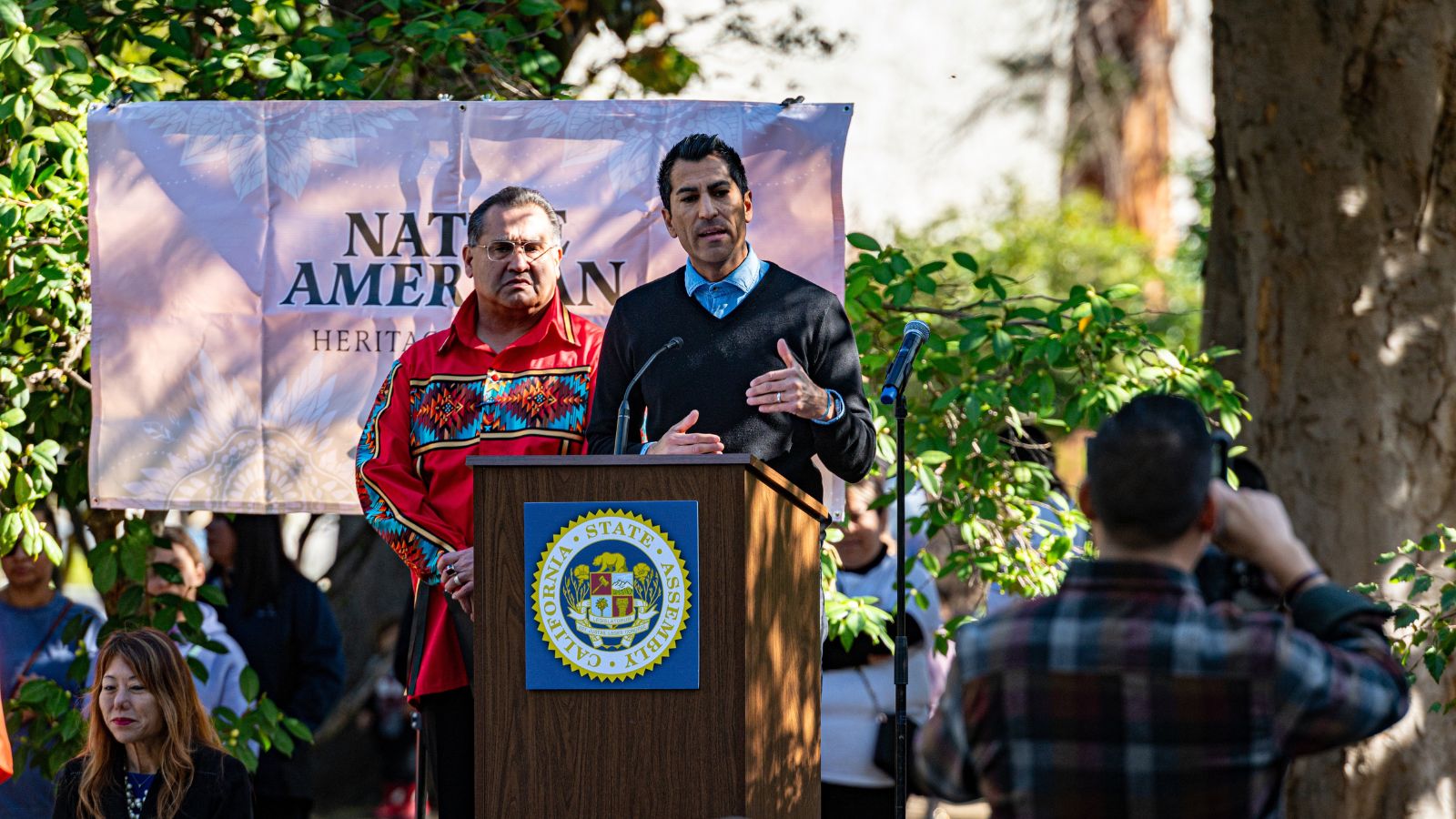
Yes, some federal programs exist to support Native American communities, but these are often the result of longstanding treaty obligations. These programs aim to address historical injustices meted out to Native Americans, and they also support self-sufficiency. It’s important to note that funding is often insufficient, and bureaucratic barriers can limit their effectiveness.
Native American History Is Only About Conflict
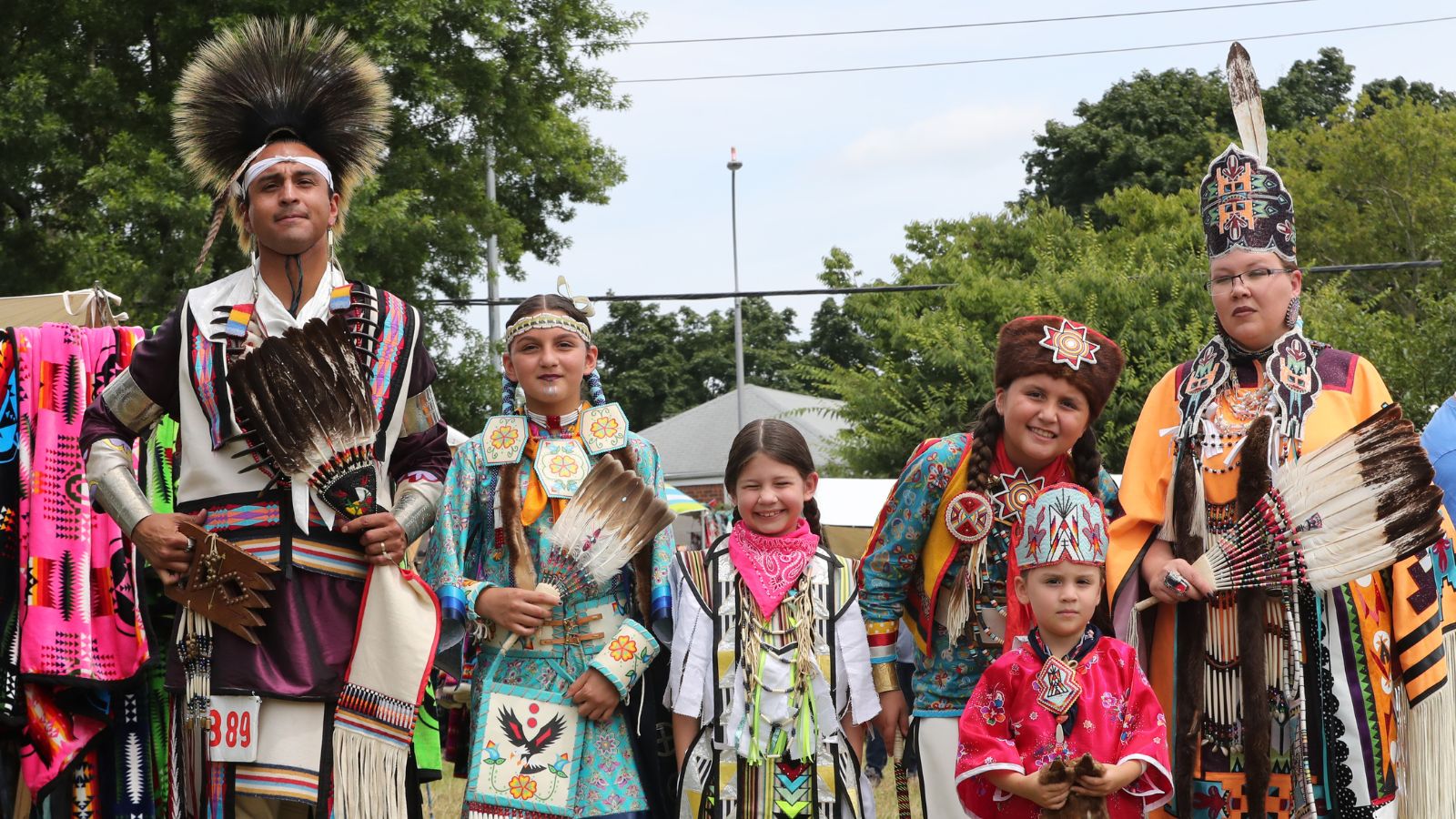
Focusing solely on conflicts between Native Americans and European settlers overshadows the rich, diverse histories of tribes. Native American history includes advanced civilizations, extensive trade networks, and profound cultural achievements. Additionally, their traditions and oral histories reveal complex societal structures and spiritual beliefs.
Native Americans Don’t Face Modern Issues
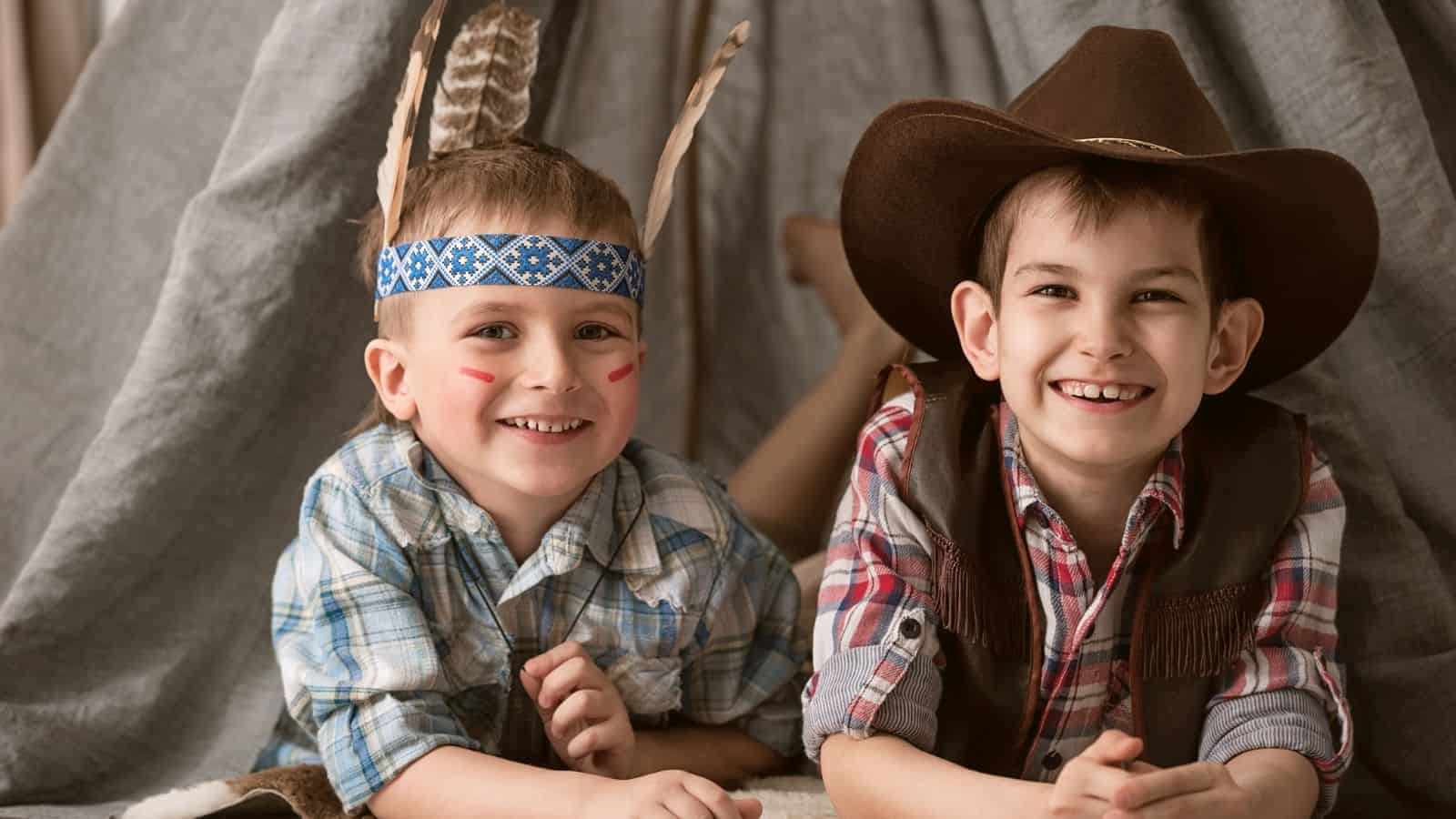
Native communities face challenges like economic disparity, healthcare access, and education inequities, and these aren’t even all. NARF also tells us that they frequently deal with emerging environmental problems like water contamination, dumping, air pollution, mining waste, and climate change.
Native American Art Is Primitive
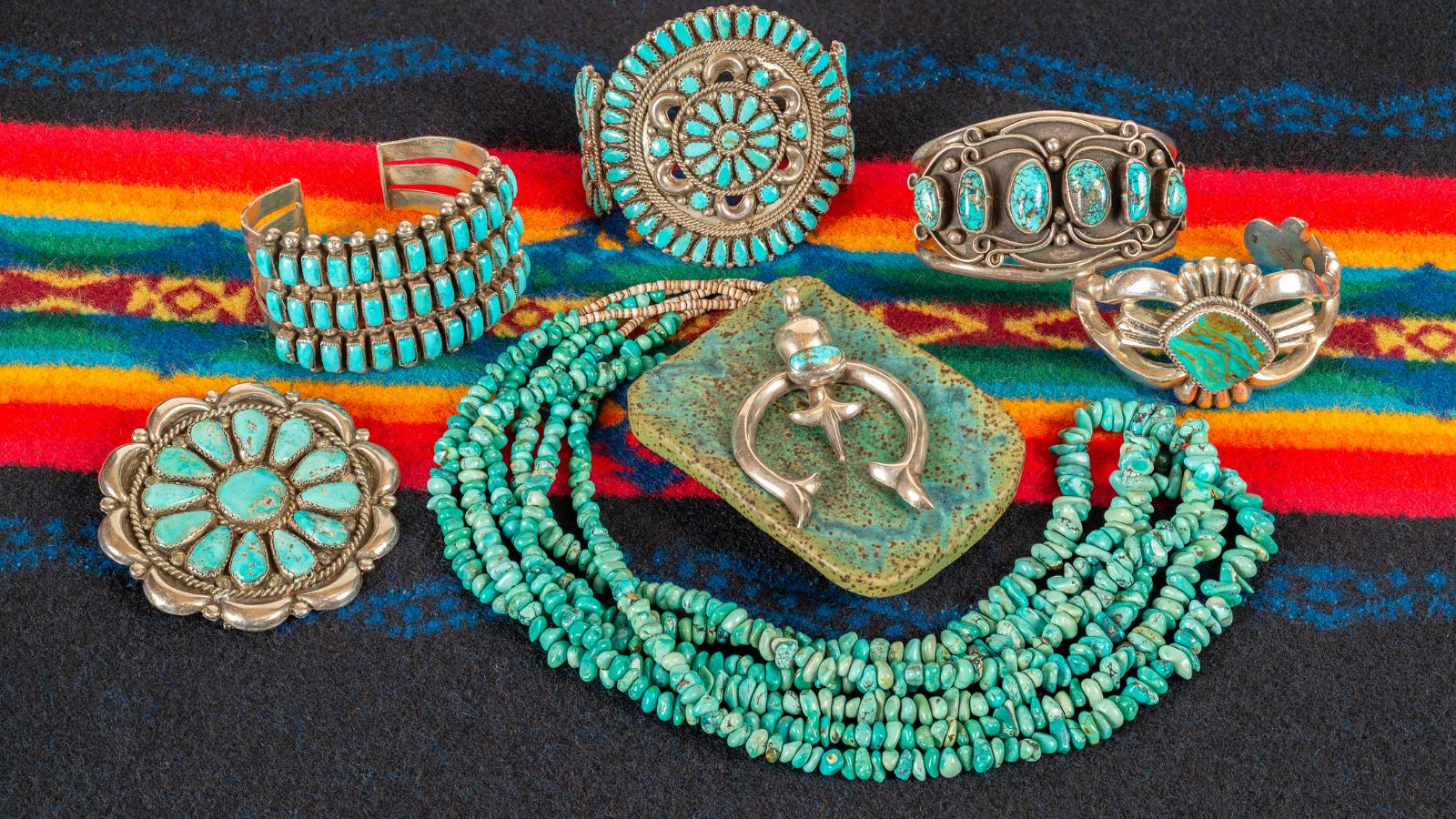
Labeling Native American art as primitive disregards its complexity, sophistication, and rich history. Native American artists create diverse pieces using both traditional and contemporary techniques. Their art, which often incorporates intricate symbolism and storytelling, is celebrated globally for its beauty, innovation, and cultural expression.
Native Americans Should Be Defined by Stereotypes
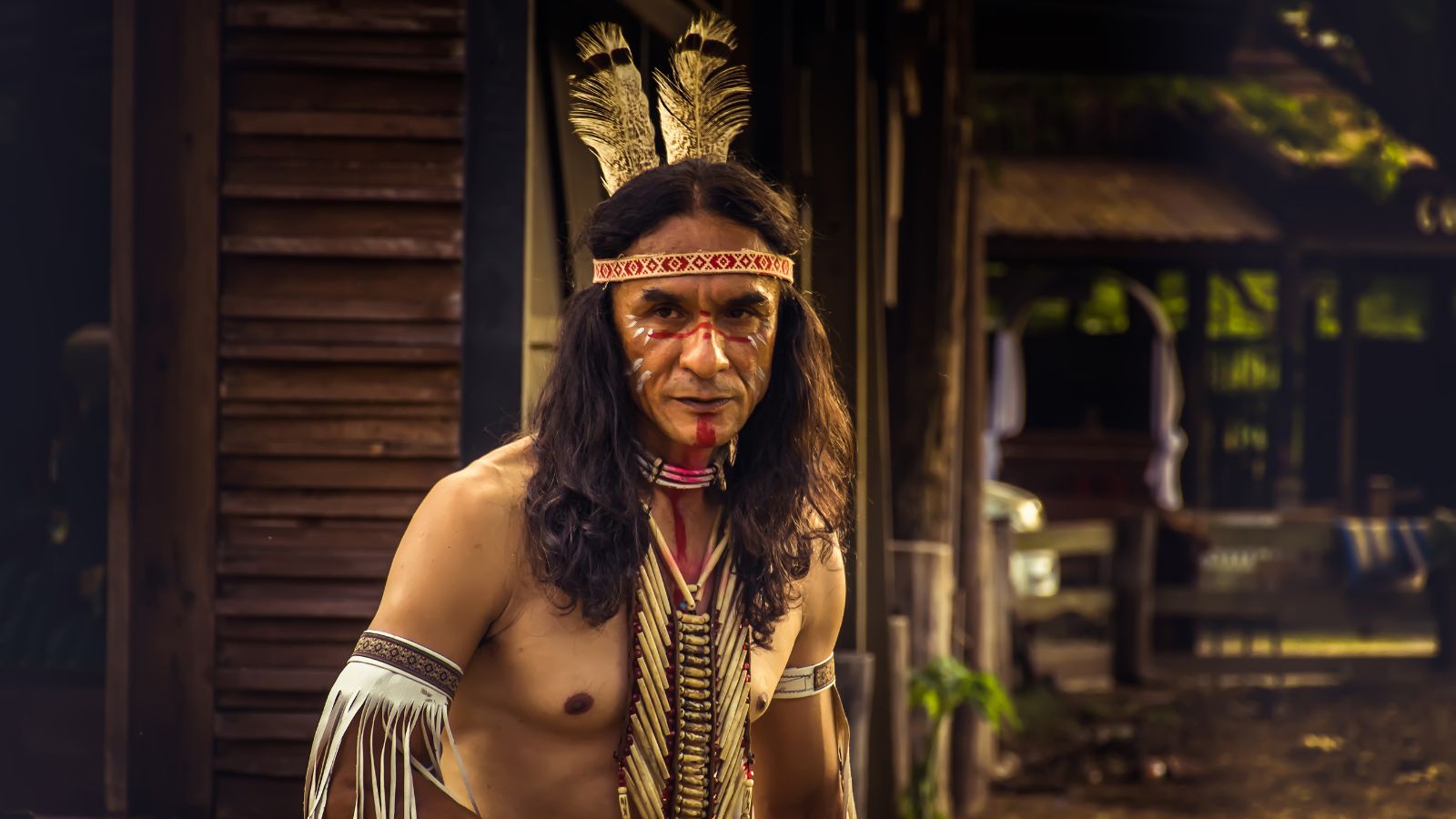
Stereotypes reduce Native Americans to simplistic caricatures, and these misconceptions ignore the complex realities of Native American lives. By challenging stereotypes, learning about the true Native American experience, and appreciating their history, we foster respect and celebrate the contributions, resilience, and ongoing struggles they face.
Up Next: 20 Things Your Boss Is Legally Forbidden to Ask of You

The workplace should be a professional environment free from discrimination and harassment. While employers have the authority to ask questions regarding legal work obligations, there are certain personal boundaries they cannot cross. Whether it’s an invasion of privacy or an unfair request, here are 20 examples of things your boss is legally prohibited from asking of you.
20 Things Your Boss Is Legally Forbidden to Ask of You
18 Things That Say You Are Middle-Class and Not Rich

The difference between the rich and middle class can be confusing, but the two couldn’t be further from each other in reality. In this article, we look at 18 signs that someone is middle class but not at all rich or wealthy.
18 Things That Say You Are Middle-Class and Not Rich
18 Most Dangerous Cities in the World (5 Are in America)

Across the globe, there are many places you don’t want to find yourself because of the crimes waiting to occur. Sometimes, even nature can be cruel to you. This is particularly the case in the following 18 most dangerous cities in the world, five of which are in America!

